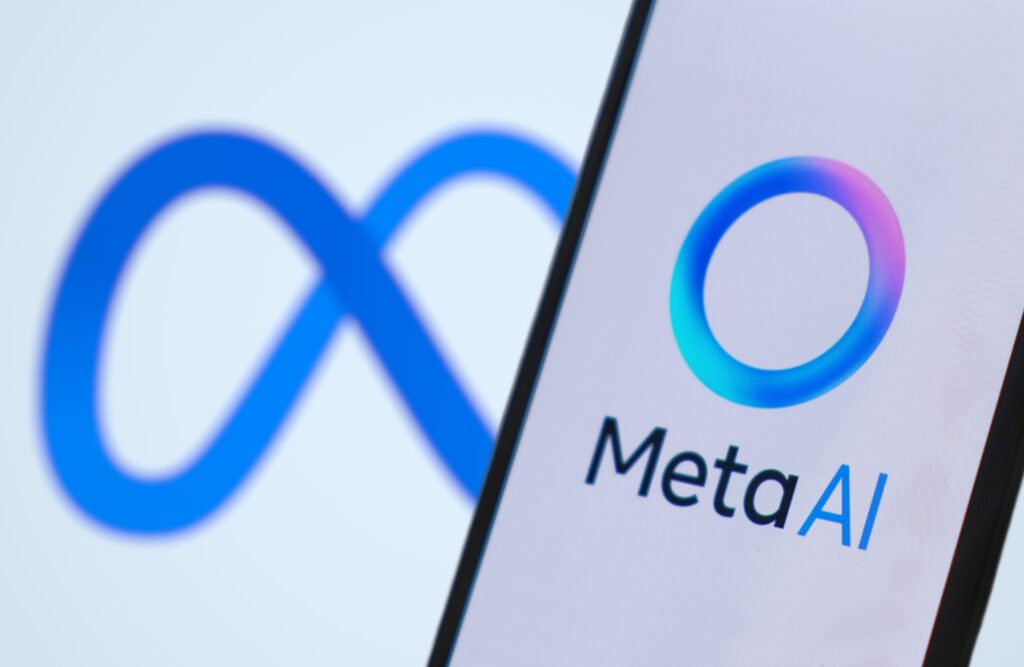Slap on your Ray-Ban smart glasses, ask Meta AI to remind you to post on Threads and then hop into Horizon Worlds.
Welcome to the near future, according to Meta.
“It’s kind of hard for me to imagine that a decade or more from now, all glasses aren’t going to basically be AI glasses,” Meta CEO Mark Zuckerberg told investors during the company’s Q4 and full-year 2024 earnings call on Wednesday.
“I expect Threads to continue on its trajectory to become a leading discussion platform and eventually reach a billion people over the next several years,” Zuckerberg continued, adding that 2025 will “be a pivotal year for the metaverse” as more people use Quest and Horizon.
To accomplish all that, Meta plans to spend massively on AI infrastructure over the long term to the tune of hundreds of billions of dollars. And Meta is equally clear that this investment will also bear fruit for its main revenue driver: advertising.
A galaxy of efficiency
Advertising generated $46.8 billion of Meta’s total Q4 revenue, which was $48.4 billion, up 21% year-over-year. Meta’s stock jumped by more than 13% in after-hours trading.
Within the ad revenue bucket, the ecommerce vertical was the largest contributor to YOY growth, and the total number of ad impressions served across Meta’s services increased 6%. The average price per ad was up 14%, driven by an uptick in demand and improved ad performance.
One of the main ways Meta is boosting monetization is by growing its ad supply across lower-monetizing surfaces, such as video, as well as newer surfaces, like Threads, said CFO Susan Li. It’s also making improvements to ad optimization and personalization.
For example, Meta considers where in the depth of someone’s feed to introduce an ad so that “it’s most optimal for the user and revenue,” Li said.
Don’t hold your breath, though, if you’re waiting for Threads to make a meaningful contribution to either total ad impressions or revenue in 2025. Last week, Meta announced a limited test of ads on Threads, but it’s planning to take it slow, Li said.
In the meantime, Meta is improving overall monetization efficiency by enhancing its ads rankings systems.
In the second half of last year, Meta introduced a machine learning system in partnership with Nvidia called Andromeda, which, according to Li, has led to a 10,000x increase in the complexity of the models that Meta uses for ads retrieval.
To put that in practical terms, Andromeda is able to narrow down the number of potential ad candidates from tens of millions to a few thousand, which positions Meta well for the future “as advertisers use our generative AI tools to create and test more ads,” Li said.
More than 4 million advertisers now use at least one of Meta’s generative AI ad creative tools, up from 1 million six months ago.
The black box advantage
Speaking of AI-powered advertising tools, adoption of Advantage+ Shopping Campaigns – Meta’s answer to Google’s Performance Max – is also scaling up.
According to Li, Advantage+ has surpassed a $20 billion annual run rate, growing 70% YOY in Q4.
And Advantage+ revenue will no doubt continue to climb, since Meta is testing what Li called “a new streamlined campaign creation flow so advertisers no longer need to choose between running a manual or Advantage+ sales or app campaign.”
In other words, in this new setup, Advantage+ will be turned on by default for any campaign optimizing for sales, app or lead objectives. Meta plans to expand this to more advertisers “in the coming months,” Li said, before rolling it out fully later in the year.
“This will allow more advertisers to take advantage of the performance Advantage+ offers while still having the ability to further customize aspects of their campaigns when they need to,” she said.
Or, more cynically, the black box gets blacker.
















